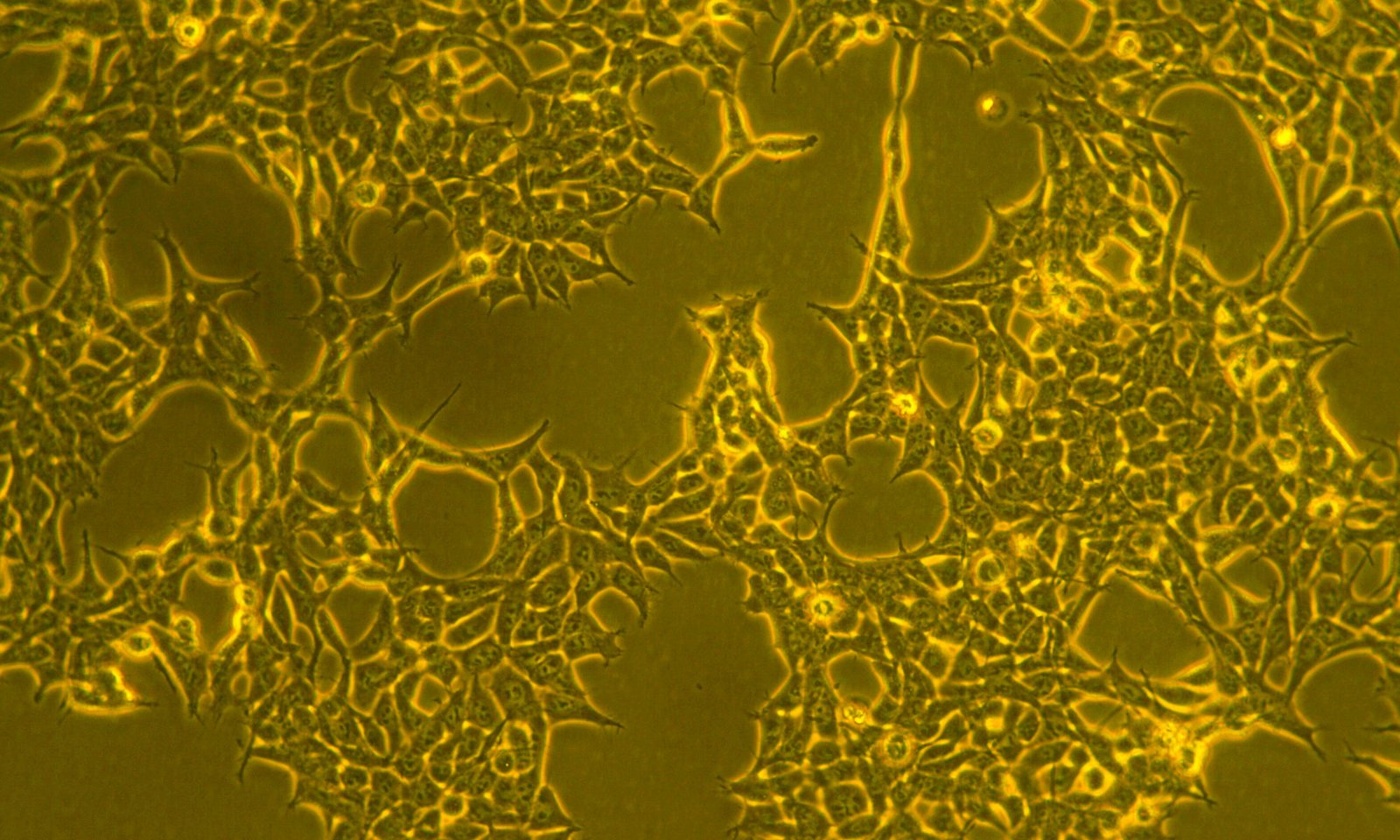Abstract
A diverse range of molecules with anticancer, antiviral, and antibiotic activities has been identified and isolated from algal species. Such metabolites could address unmet clinical needs and be used to fight human diseases. Further, the natural compounds derived from algae present several advantages in terms of sustainable supply, low cytotoxicity and low cost. Seaweeds represent one of the richest known sources of natural antivirals, as well as a significant source of other bioactive compounds. Increasing evidence has demonstrated that algae comprise a vast untapped reservoir of pharmaceutical potential with many underexplored species and underexploited drug candidates, which may be derived from these ‘plants of the sea’.
In recent decades, new therapeutic lead compounds including polysaccharides, lectins, terpenes, alkaloids, carotenoids, and sterols, with a broad spectrum of antiviral activities, have been isolated from marine macro- and micro-algae. The current high volume of research studies exploring the antiviral potency of seaweeds epitomises the increased interest in this field. This review focuses on bioactive marine macromolecules with antiviral activities which may serve as a starting point for enhanced knowledge and a stimulus for wider research in this field. The review also seeks to improve the understanding of the antiviral mechanisms and complex structures of algal-derived macromolecules. Since the purification of such structurally complex and frequently heterogeneous extracts and molecular classes remain fraught with difficulty, efforts to decipher the structure and composition of these macromolecules would offer enhanced possibilities for future scientific and pharmaceutical advances.
The antiviral potential of algal-derived macromolecules https://t.co/TH1uz2SHGz #INPST #Antiviral #Algal #Macromolecules
CC: @erlesen @HealthyFellow @MarcoAlbuja @ShraboniGhosal @nathantwala @anjbth @deNutrients @PepperPell @el_ronan @JoyitaB @krkharat @Nwauka @DHPSP pic.twitter.com/MjeBlJA5px— International Natural Product Sciences Taskforce (@_INPST) July 6, 2021

